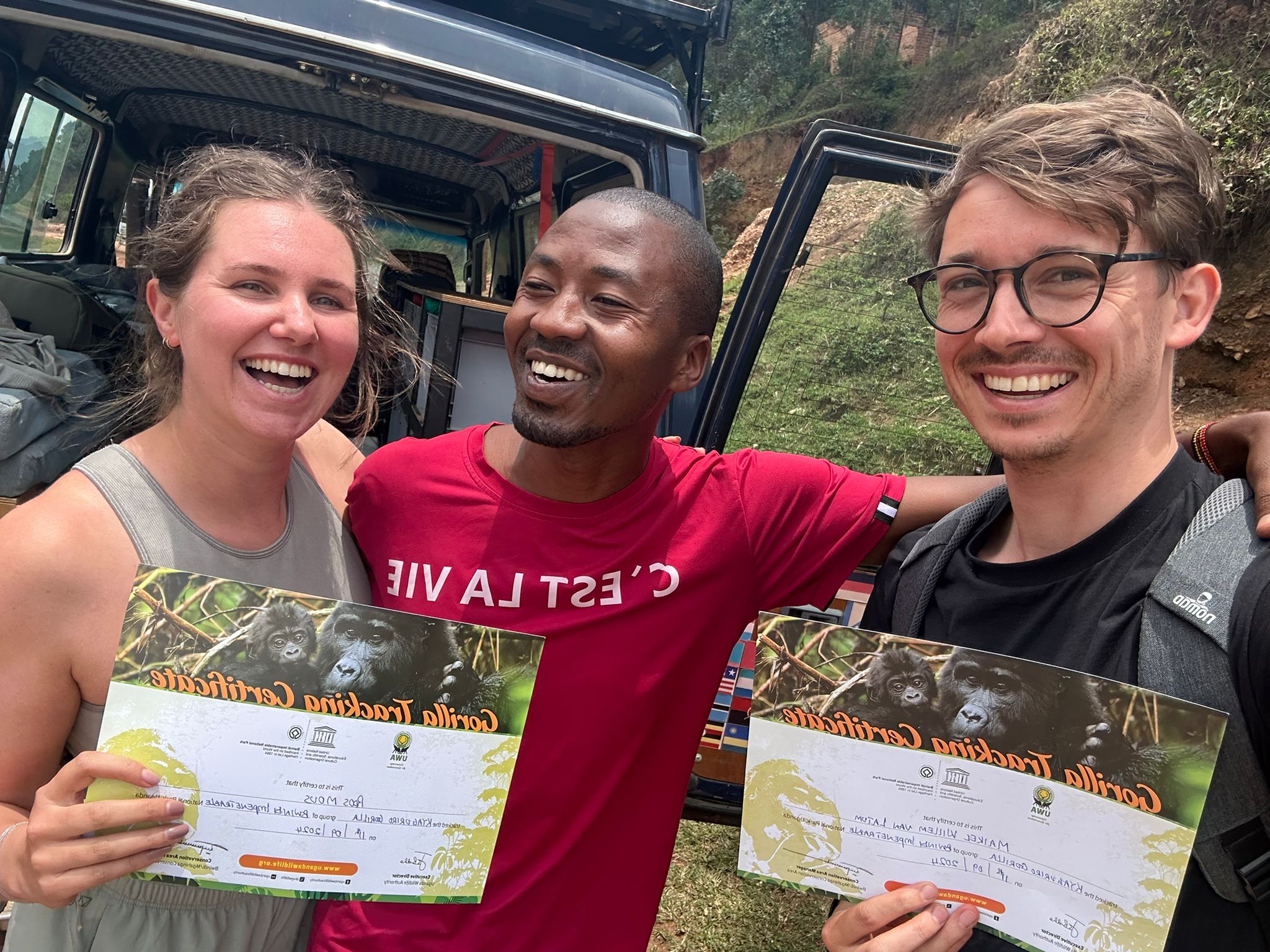Transport From Kigali to Bwindi or Mgahinga National Parks.

Transport From Kigali to Bwindi or Mgahinga National Parks. Exploring the pristine beauty of Uganda’s Bwindi Impenetrable National Park or Mgahinga Gorilla National Park is a dream for many wildlife enthusiasts and adventure seekers. These parks, renowned for their endangered mountain gorillas and rich biodiversity, are situated in Uganda’s southwestern region. While Uganda’s capital, Kampala, is the traditional starting point for gorilla trekking safaris, many travelers are now choosing Kigali, the capital of Rwanda, as a more efficient and scenic gateway to the parks.
In this blog, we explore the different transport options from Kigali to Bwindi and Mgahinga, comparing travel times, border crossings, and practical tips for a smooth and enjoyable journey.
Why Start From Kigali?
Kigali is geographically closer to both Bwindi and Mgahinga than Uganda’s major cities, making it an increasingly popular entry point. The road trip from Kigali to the Ugandan gorilla parks takes approximately 4 to 6 hours, depending on the specific sector of Bwindi or if you’re heading to Mgahinga.
Starting from Kigali offers several advantages:
Shorter travel time to the parks
Easier international flight connections, especially for travelers flying into Rwanda
The opportunity to explore Rwanda’s culture and landscapes en route
Flexibility in itinerary design, especially for those combining Rwanda and Uganda
Main Transport Options
1. Private Car Transfers
This is the most popular and comfortable way to travel from Kigali to the gorilla parks. Most travelers book a private transfer through a tour operator, which usually includes a 4×4 vehicle, professional driver-guide, and door-to-door service.
Duration: 4 to 6 hours
Cost: Varies depending on group size and company; usually between $150 to $300 per vehicle, one-way
Route: Kigali – Cyanika (for Mgahinga or northern Bwindi) or Gatuna/Katuna border (for southern Bwindi)
Private transfers offer the flexibility to stop for photos, visit local markets, or enjoy lunch en route. Roads are generally in good condition, though the final approach to the parks involves bumpy dirt roads.
2. Self-Drive Car Rentals
Adventurous travelers may opt to rent a 4×4 and drive themselves from Kigali into Uganda. This allows maximum flexibility, but it’s important to be familiar with East African driving laws, carry the right paperwork, and be comfortable with long rural drives.
Cross-border requirements: A COMESA (yellow card) insurance and permission from the rental company to take the vehicle across the border.
Documents needed: Valid passport, visa (East African Tourist Visa recommended), vehicle registration, and driver’s license.
While this can save money, self-driving requires preparation and confidence in navigating rural roads and border procedures.
3. Public Transport (Not Recommended for Tourists)
Public buses and minibuses operate between Kigali and the border towns like Cyanika or Katuna. From there, travelers would need to hire local transport or motorbikes to reach the parks.
Challenges: Language barriers, unreliable schedules, and lack of safety standards
Not ideal for: Timed gorilla permits, which require prompt arrival
Unless you’re on a tight budget and very experienced with local travel, public transport is not recommended for accessing these remote parks.
Border Crossings and Visa Information
There are two main border points for this route:
Gatuna/Katuna Border: Best for southern Bwindi (Rushaga, Nkuringo sectors)
Cyanika Border: Ideal for Mgahinga or northern Bwindi (Buhoma, Ruhija sectors)
Visas:
Most travelers need a visa for both Rwanda and Uganda. The East African Tourist Visa ($100) allows multiple entries between Kenya, Rwanda, and Uganda for 90 days and is highly recommended.
Apply online in advance to avoid delays at the border.
COVID-19 and Yellow Fever certificates may still be required depending on the latest regulations, so check ahead.
Scenic Highlights Along the Way
The drive from Kigali to the parks is not just a transfer—it’s a journey through breathtaking landscapes. As you leave Kigali’s modern skyline behind, you’ll traverse rolling hills, terraced farms, and bustling villages. The route climbs into the highlands of southwestern Uganda, offering panoramic views and a true sense of Africa’s natural beauty.
Some operators offer optional cultural stops along the way, such as:
The twin lakes of Burera and Ruhondo
Local markets near Kisoro
Traditional Rwandan craft shops
These can turn your transfer into a mini-tour, enriching your experience before you even reach the gorillas.
Starting your gorilla trekking adventure from Kigali is a smart and time-saving choice for travelers headed to Bwindi or Mgahinga. Whether you choose a guided transfer or a self-drive expedition, the journey itself is part of the adventure. With proper planning, border documentation, and a sense of curiosity, this route offers a seamless and scenic path into Uganda’s most iconic wildlife experiences.
Whether it’s the misty jungles of Bwindi or the volcanic backdrop of Mgahinga, your gorilla trek begins the moment you hit the road from Kigali.
Travel Tip:
Book your gorilla permit in advance and confirm which park sector it’s in before arranging your route, as this will affect which border crossing and route you take.

Request for a Quote
Start planning your adventure trip today with a professional expert available to help you 24/7. Encounter Africa on your own terms.
Inquire Now
Visa Entry
Uganda offers online visa applications, but many travelers find it easier to pay (US$100) and obtain a visa upon arrival at points like Entebbe International Airport. For travel into Rwanda and Kenya, it's recommended to apply for an East African Visa.
Read More About Visas


